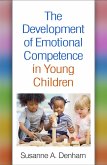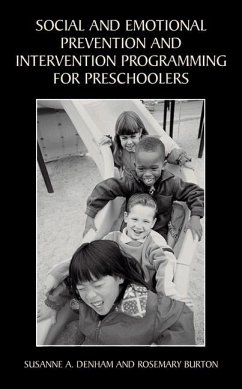
Broschiertes Buch
Softcover reprint of the original 1st ed. 2003
15. September 2012
Springer / Springer US / Springer, Berlin
| Gebundenes Buch | 81,99 € | |
| eBook, PDF | 73,95 € |
Gebundenes Buch
2003
31. Dezember 2003
Springer / Springer US / Springer, Berlin
978-0-306-47809-3
eBook, PDF
6. Dezember 2012
Springer US
Ähnliche Artikel
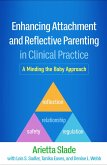
eBook, ePUB
25. Mai 2023
Guilford Publications
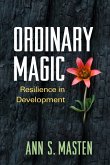

eBook, ePUB
30. März 2023
Taylor & Francis eBooks

27,95 €
Sofort per Download lieferbar


eBook, ePUB
5. März 2013
Taylor & Francis eBooks

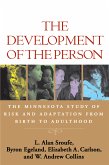


Ähnlichkeitssuche: Fact®Finder von OMIKRON

